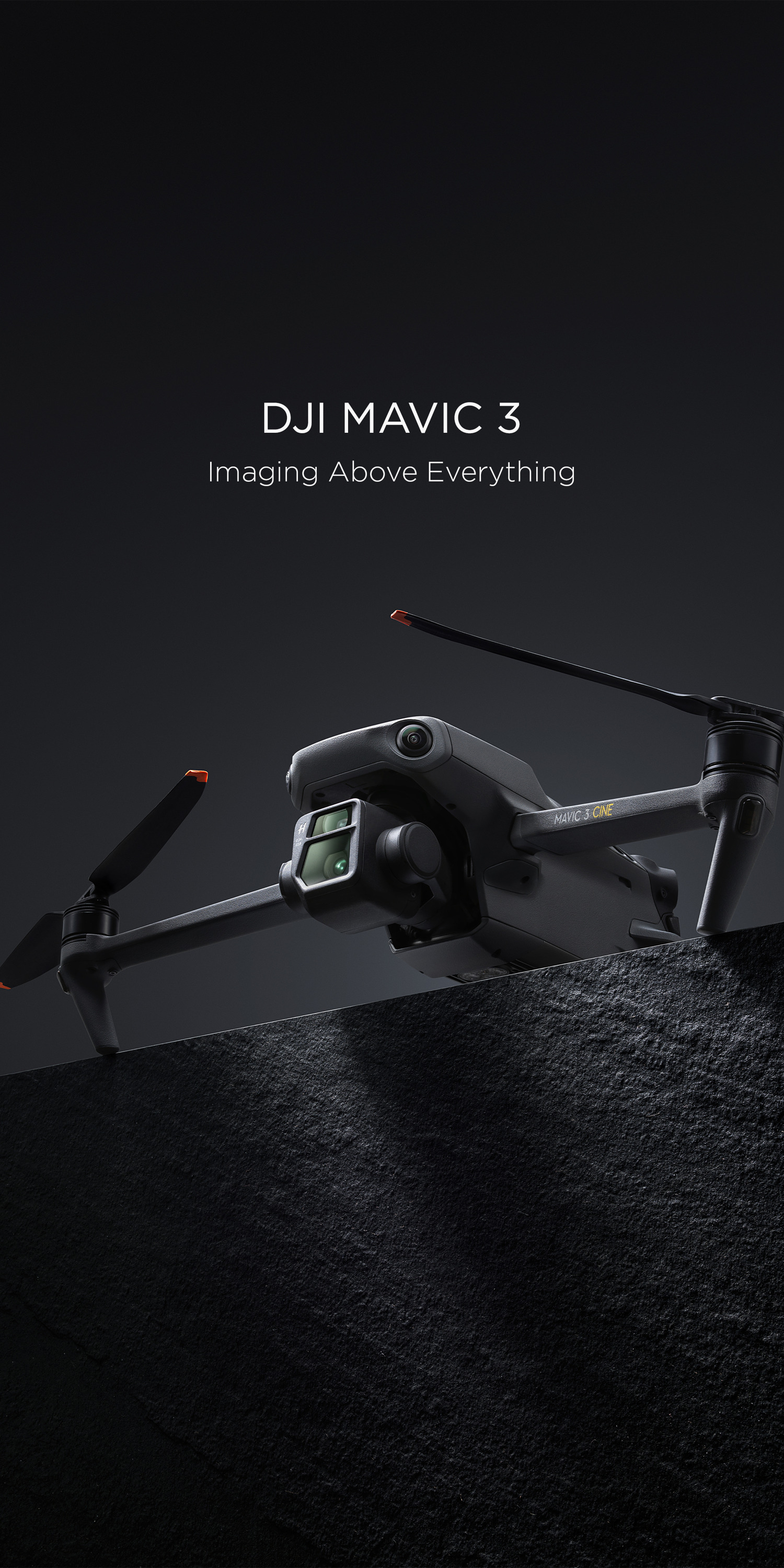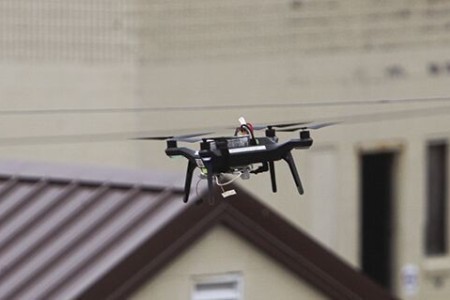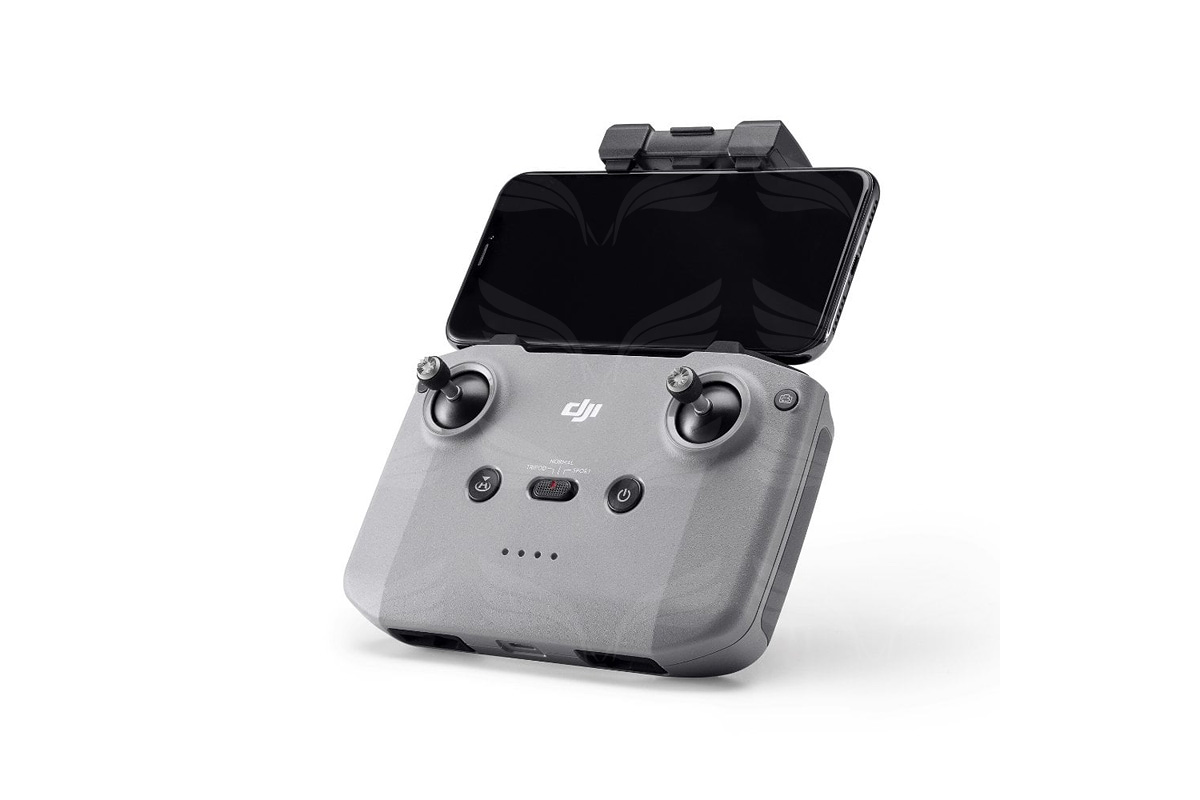
What is the U-2, exactly? There are several kinds of aircraft. Here's a look at the ER-2, U-2S, and U-2R. Learn the difference between them to make the decision for yourself. Continue reading for more information! The U-2, the most common military aircraft of today, is widely used. This aircraft was created in the 1960s and has been involved in many conflicts. It is a superb aircraft for many reasons.
ER-2
American spy aircraft, the ER-2 U-2 airplane is known. The U-2 aircraft was designed for high altitude flight. Due to its lack of power-assisted controls, the pilot must use very light inputs to get the desired response. Crosswinds, which make it very difficult to land, are another disadvantage of the U-2. Although it is one of the lightest planes in existence, it requires a great deal of physical strength to land properly.
ER-2 missions have collected valuable data about the earth's atmosphere and climate, including climate change. ER-2s are deployed across six continents to study global warming, ozone depletion, and other issues. Other missions were to test prototype satellite imagery sensors and gather data about Earth's natural resources. The ER-2 carries a variety if scientific instruments, including cameras or radiosondes. The aircraft is the most reliable way to track climate change.
U-2S
Lockheed Martin Aeronautics Company designed the U-2S recon airplane. It was named after the man who died in the U-2 over Soviet Union on May 1, 60. It is 40% larger that the U-2 designed Francis Gary Powers and is equipped with modern sensors. It was also used for a number of Desert Storm and Allied Force exercises. This article provides some history and background about the U-2S.

U-2S, a single-engine reconnaissance airplane, flies 13 Miles above the Earth. It is capable of flying at 70,000 feet in hours. The U-2S also goes by the name "Dragon Lady". Its sophisticated reconnaissance systems are constantly updated and augmented with classified systems. The US Air Force currently has 32 U-2S aircraft within its fleet. They are used to counterintelligence and surveillance.
U-2R
The U-2R flew its first flight in 1967. It is almost 40 percent larger than the original. The U-2R is a close relative to the TR-1A, which was a stand-off tactical reconnaissance plane designed by Kelly Johnson in mid-fifties. U-2Rs were reengineered to become U-2S/ST. In 1994, the Air Force accepted the first U-2S. 1999 will see the conversion of U-2R trainers to S models.
The U-2R was able to generate an additional 22 KVA of electrical power, up from the previous 22 KVA. The SENIOR SMARTi? The SENIOR SMARTi? 1/2 program has been discontinued. It replaced the Jimmy 75 turbojet engines on the U-2 in 2015. The improved power distribution enables the aircraft to operate with more advanced sensors, while reducing electrical emissions and noise. The U-2R's fuel efficiency is higher than that of its predecessor. It can also support more missions from USAF base around the globe.
U-2S ER-2
NASA operates two U-2S aircraft modified from Palmdale. These modified aircraft are called ER-2, which stands for Earth Resources. They were first flown August 1955 and were re-engineered using GE F118 motors midway through 1995. Since then, the ER-2 has been NASA's most used U-2. This designation has many reasons. These aircraft can conduct high-altitude tactical surveillance missions.

In addition to sensors, the U-2S is fitted with an ER-2 flight control system. The pilot can fly the U-2 at operational altitudes with feather-light precision. However, the aircraft is not suitable for low altitude flight because of its higher air density. For the U-2 to work, its controls require extreme strength. The U-2 also has a special pressure suit that allows the pilot to maintain the correct altitude during missions.
FAQ
Can I fly my drone indoors
Yes, it is possible to fly your drone indoors. Your home should be free from obstacles and hazards. Avoid flying near windows, doors and heating vents.
What is the law regarding drones flying over private property
Recently, the FAA issued new rules regarding commercial drone flight. These rules are only applicable to UAVs that weigh less than 55 pounds and fly below 400 feet above ground. Commercial operators must register with FAA to receive a license. Local authorities must also approve them if they are operating near airports or in other restricted areas.
What are the rules for operating drones?
Registering your drone with FAA is required. This registration involves information such as the weight, size, battery capability, and operating frequency. This registration process requires that you obtain an FAA identification code.
Statistics
- According to the multiple listing service (MLS), houses and apartments with drone photographs are up to 68 percent more likely to sell than those without pictures. (thedroneu.com)
- According to ZipRecruiter, the minimum hourly wage of drone pilots is $20. (thedroneu.com)
- Research and Markets predict a growth rate of 51.1% over the next five years. (thedroneu.com)
External Links
How To
How to Fly Drones with Beginners
A drone is a remotely-controlled aircraft that is used for aerial photography and surveillance. The technology behind drones has been around since World War II. DJI introduced their Phantom series of quadcopters in 2010, but commercial use only began in 2010. There have been many drones made since then. These range from beginner-friendly drones like Parrot AR Drone 2.0 to more advanced multi-rotor craft like DJI Mavic Pro.
There are many options for flying a drone.
-
Remote control – This technique uses a control device attached directly to your hands that allows you steer the drone around its flight path. There are two main types for controllers: Joysticks or On/Off switches, which can be used to control the drone's flight path.
-
Manual Control – This allows remote operation of the drone via GPS coordinates using a smartphone application. The app will provide instructions and help you to locate the drone.
-
Autonomous Flying - This allows the drone to take over all of the piloting duties. The drone is able to fly autonomously, without the need for human intervention. A drone must have a builtin camera and sensors capable to capture images and other data.
-
Triggered Flight: This is similar in concept to manual control. The pilot manually creates a route and the drone then follows it until it reaches that endpoint. After the program is complete, the drone automatically returns to the ground.
-
Landing Gear - Some drones come equipped with landing gear that allows them to land safely if they lose power or run out of battery during flight.
-
Goggles-Some pilots use goggles to protect their eyes from debris during operations.
-
Camera - Some drones can be equipped with cameras which enable you to capture photos from the sky.
-
Obstacles: Some drones are equipped with obstacle avoidance systems to prevent them from hitting obstacles.
-
Speed – Some drones can reach speeds in excess of 40 mph.
-
Battery Life - Most drones are capable of lasting between 20 minutes and three hours, depending on the power that you use.
-
Some drones have a range of up to 30 miles, depending on their model.
-
Power source – Some drones require external power sources, others require internal batteries.
-
Weight - Some drones can be as light as 1 pound while others can reach 4 pounds.
-
Size - From small drones that can be carried in the palm of one's hand to larger drones that weigh over 50 pounds, drones come in a variety of sizes.
-
Price – All drones fall into a price category. These range from expensive models that cost thousands to affordable options that start at 100 dollars.